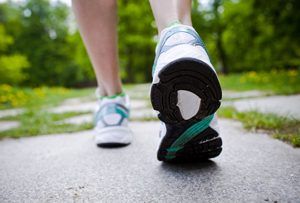New York, Mar 24: At least 2.5 hours of weekly exercise may help people suffering from Parkinson’s disease by improving their mobility impairment and health-related quality of life, a study has showed.
 “We found that people with Parkinson’s disease who maintained exercise 150 minutes per week had a smaller decline in quality of life and mobility over two years compared to people who did not exercise or exercised less,” said lead investigator Miriam R. Rafferty from Northwestern University and Rehabilitation Institute of Chicago, US.
“We found that people with Parkinson’s disease who maintained exercise 150 minutes per week had a smaller decline in quality of life and mobility over two years compared to people who did not exercise or exercised less,” said lead investigator Miriam R. Rafferty from Northwestern University and Rehabilitation Institute of Chicago, US.
“People with Parkinson’s should feel empowered to find the type of exercise they enjoy, even those with more advanced symptoms,” Rafferty added.
The study, published in the Journal of Parkinson’s Disease (PD), showed that improvement in health-related quality of life was associated with 30-minute increases in exercise per week in people with advanced form of the disease.
The results have significant implications for making exercise and physical activity more accessible to people with more severe disability.
People with more advanced PD may have poor access to regular exercise, as their mobility impairments would limit their independent participation in existing community and group exercise programs.
“The study suggests that people who are not currently achieving recommended levels of exercise could start to exercise today to lessen the declines in quality of life and mobility that can occur with this progressive disease,” Rafferty said.





Comments
Add new comment